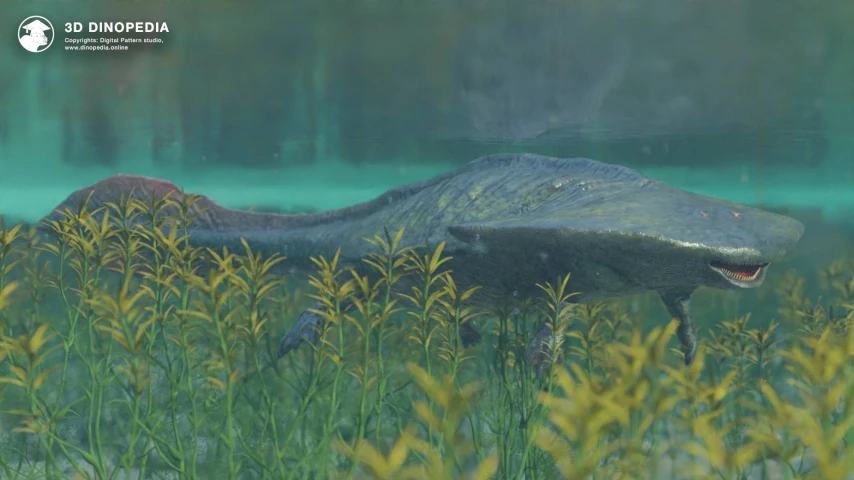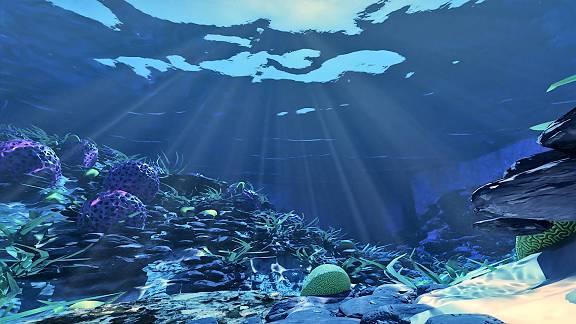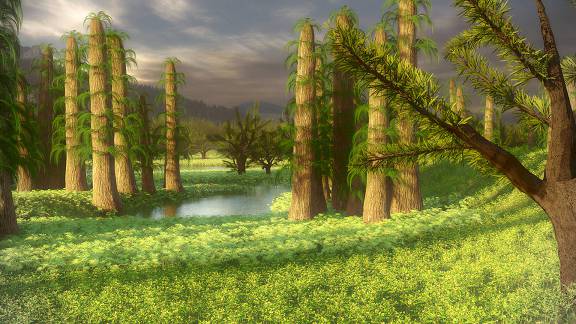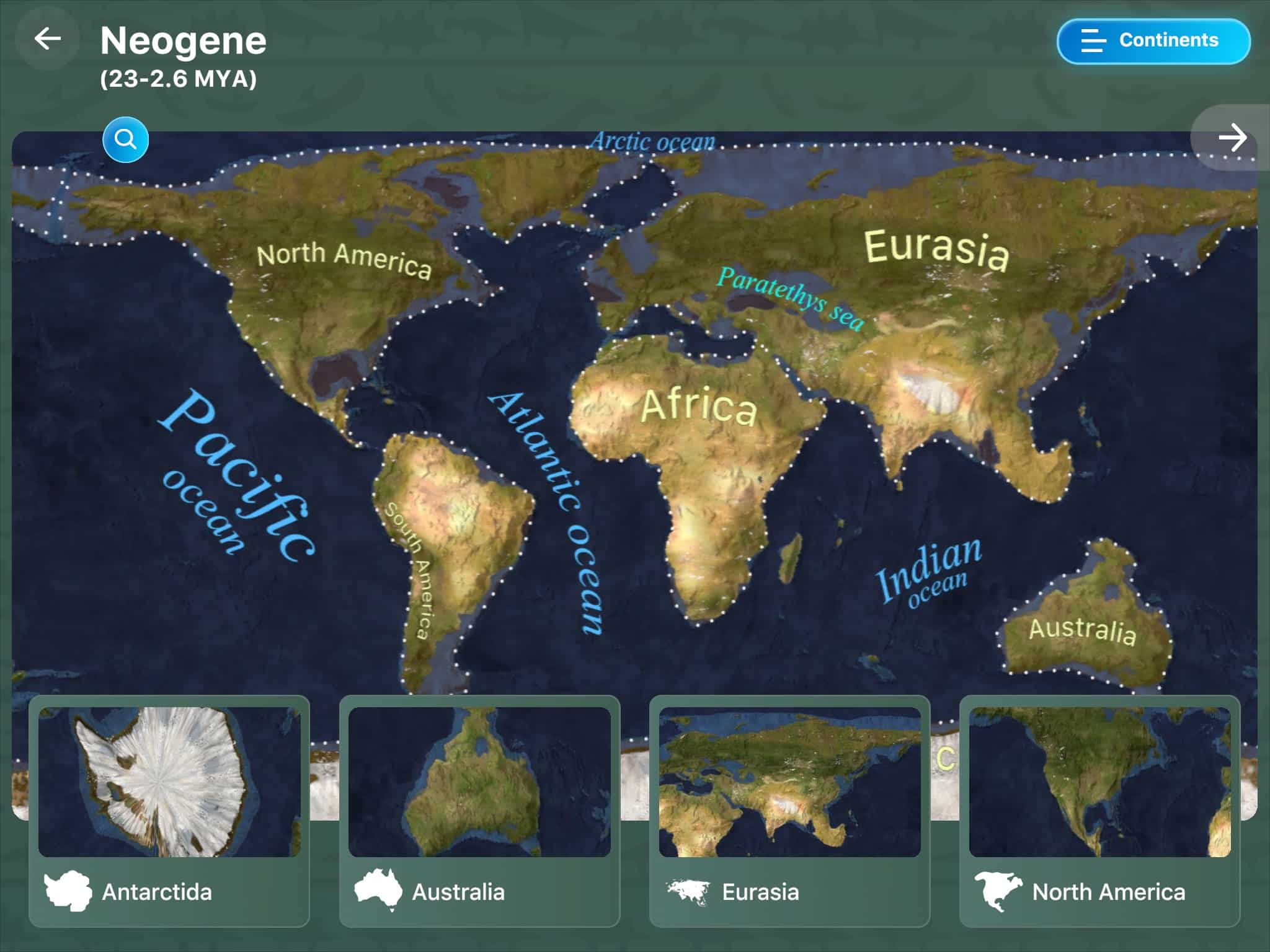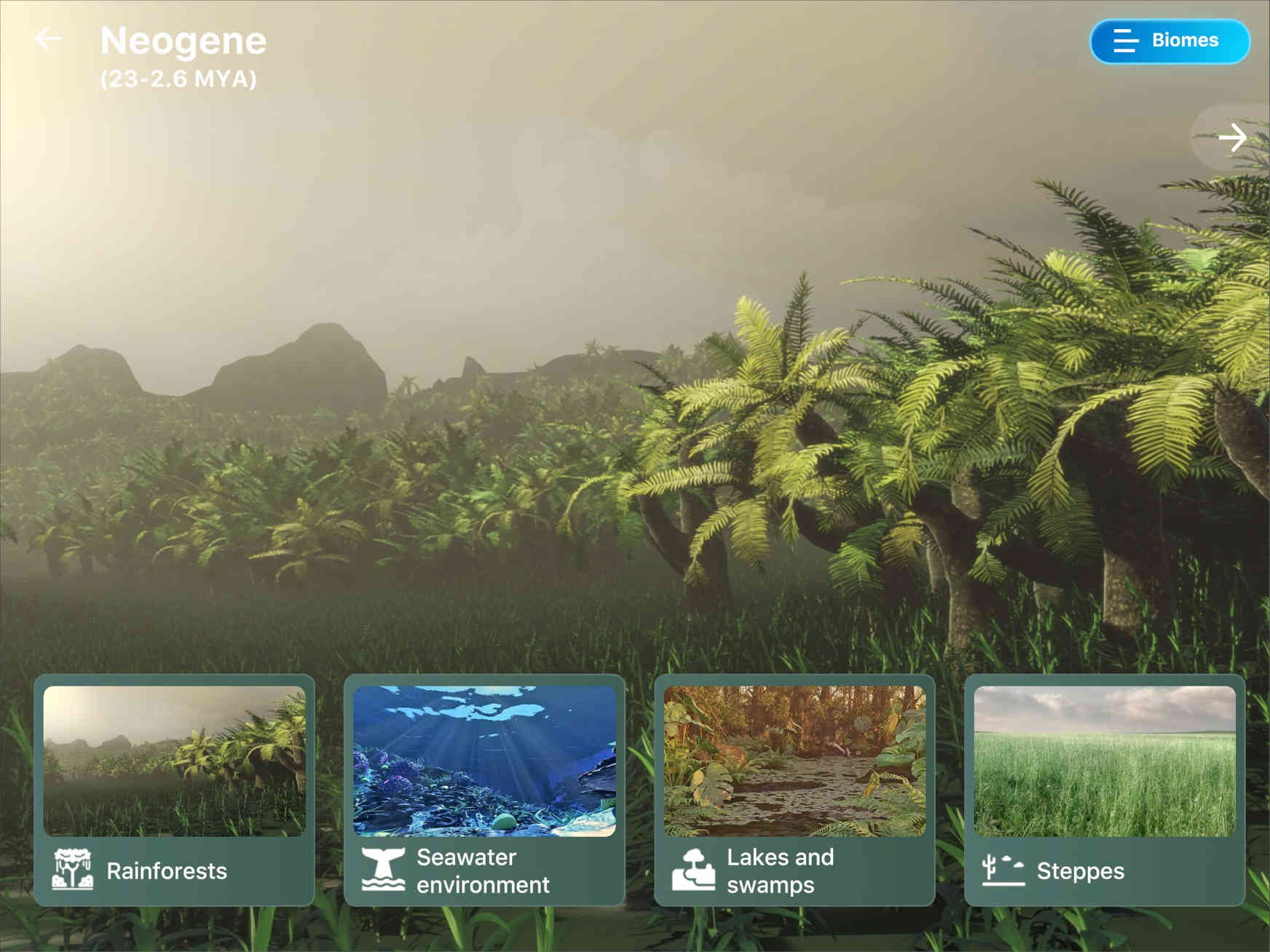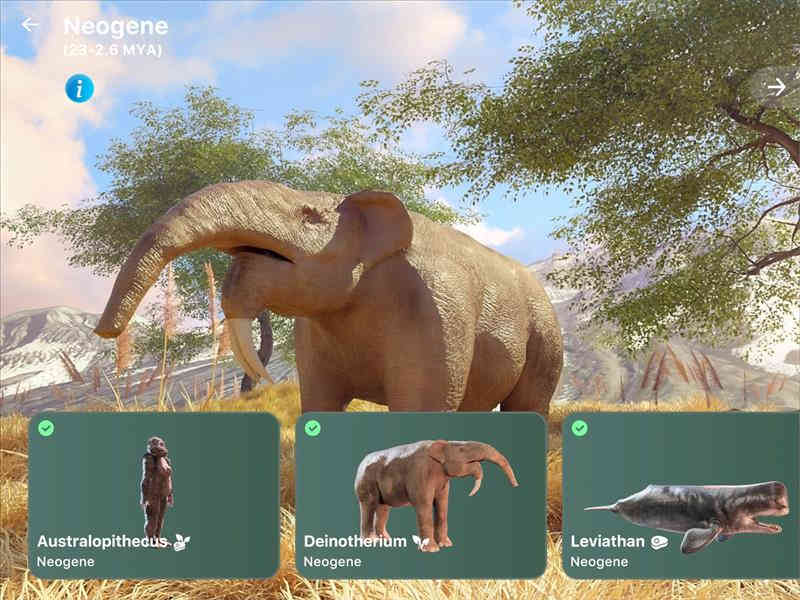Lakes and marshes
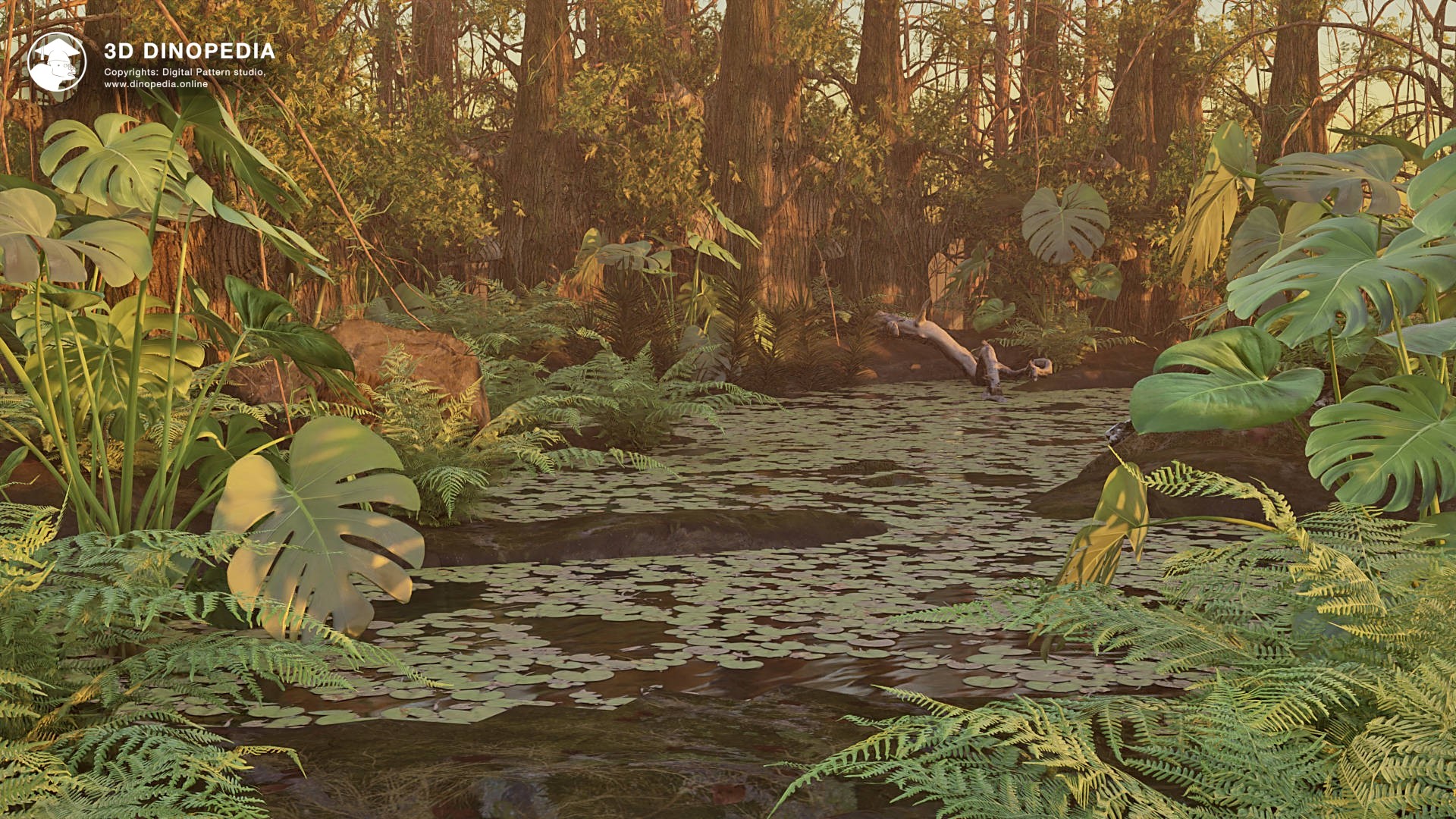
Lakes and swamps represent a special community of organisms. Aquatic inhabitants are distinguished by their ability to live in stagnant water with a high content of organic matter. The creatures living on the shores of lakes and swamps are extremely fond of moisture. At the same time, the soils near lakes, and especially swamps, are poor in minerals, which creates certain difficulties for the development of flora.
Lakes, most often, have shallow and flat shores. Clay deposits may accumulate at the bottom. In swamps, there was active accumulation of peat, formed from tree trunks falling into the water. Over millions of years, the peat transformed into brown and then bituminous coal (due to the abundance of coal remains, the period got its name).
Judging by the remains of plants in coal-bearing rocks, giant club moss trees, such as Lepidodendron, and fern trees, for example, Alethopteris, mainly grew in the swamps of the Carboniferous period. Herbaceous forms consisted of ferns and...
Lakes, most often, have shallow and flat shores. Clay deposits may accumulate at the bottom. In swamps, there was active accumulation of peat, formed from tree trunks falling into the water. Over millions of years, the peat transformed into brown and then bituminous coal (due to the abundance of coal remains, the period got its name).
Judging by the remains of plants in coal-bearing rocks, giant club moss trees, such as Lepidodendron, and fern trees, for example, Alethopteris, mainly grew in the swamps of the Carboniferous period. Herbaceous forms consisted of ferns and...
 3D BIOMES
3D BIOMES
